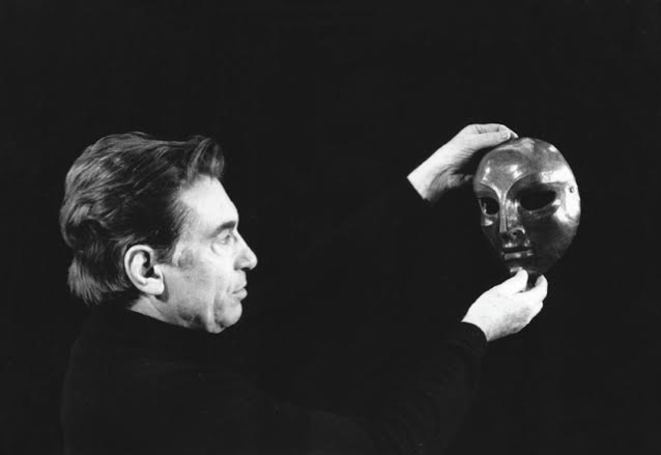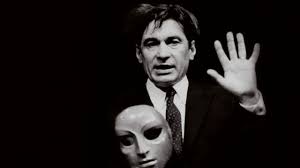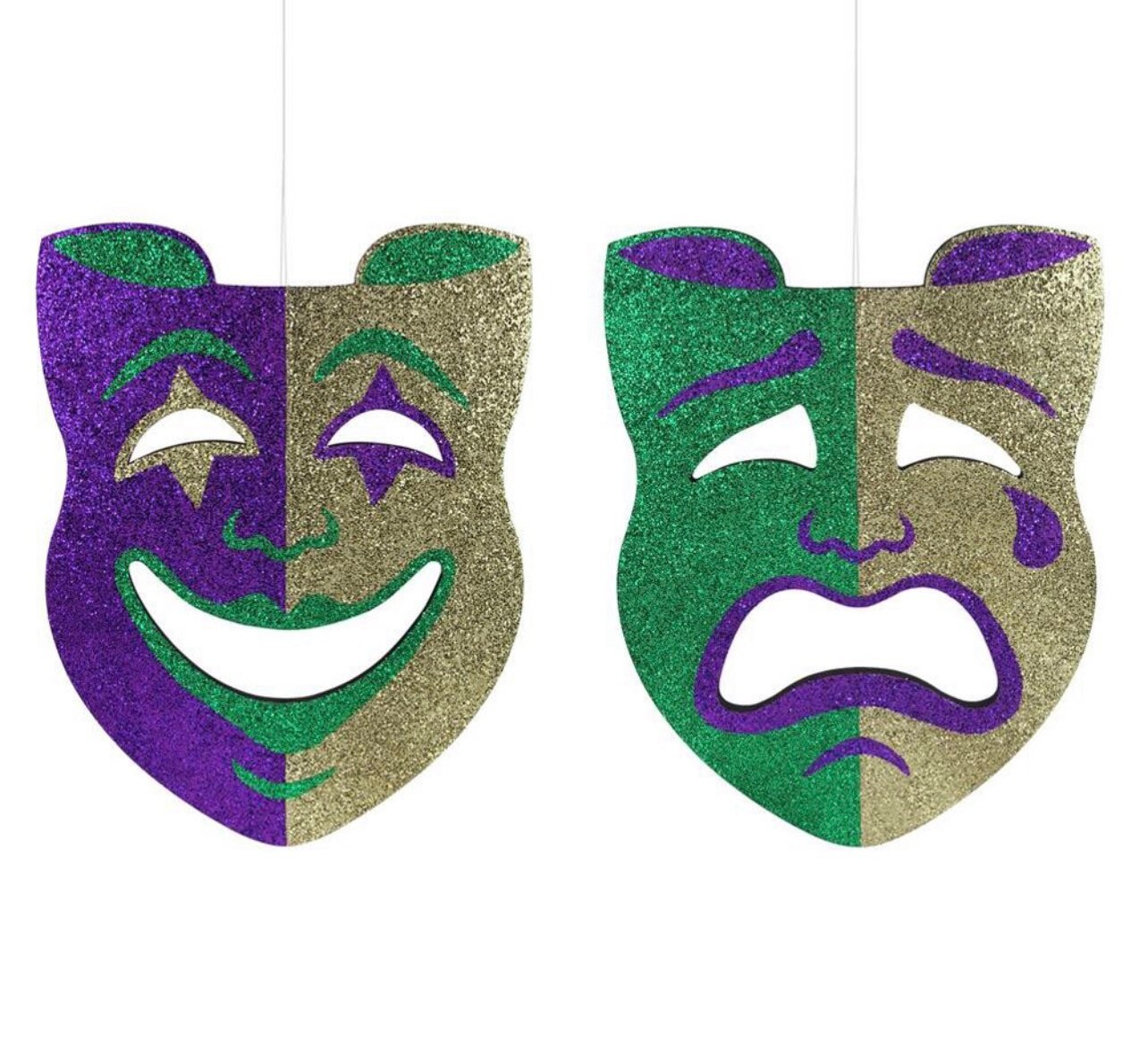University of Louisiana at Lafayette
Search results: 1307
Explore London with your pocket-sized sketchbook and pens. We will visit various places, such as the Museum of London and British Museum, doodling the glorious history of the city! We will tour Kensington Palace and the Tower of London, finding stories of the Kings and Queens and doodling some more! We will experience the Museum of Jack the Ripper and the London Dungeons, doodling the gloom of London as well! This course is structured for both art majors and non-art majors. All levels of artistic skill are encouraged to join us since students are taught at their own level and encouraged to find their individual style of doodling! After all, doodling is a great way to keep the memory of your trip permanent and can make for great artwork.
- Teacher: James Tancill
Category: College of Liberal Arts
The Renaissance has long been fascinated by many themes including religion and ritual, archaeology, art and civilian, the natural world to tales of the monstrous and murder through tales and images of terrible things. Florence has been the home and has served as a source of inspiration for artists such as Michelangelo, Leonardo Da Vinci, Sandro Botticelli, Giotto, the poet Dante, among others. Like Florence’s great artists of the past, students will be guided by their individual interests while examining and using Florence’s landscape, museums and culture as sources for creative exploration and research.
You will visit some of the most important museums in Florence and they will serve as our classroom including the Uffizi Gallery, Museo dell’Opera del Duomo, Museo degli Argenti Bargello Museum, Boboli Gardens, Academia, the Fondazione Bisonte, and the Armadillo Atelier to study prints, drawings, and paintings first hand. These locations will serve as sources of inspiration allowing you to develop a greater awareness of the role of drawing and the print has as an investigative process in the development of creative work and it’s use as an expressive means of communication. Students develop a site-responsive studio practice in relationship to the cultural landscape of Florence. We will consider the unique identity of particular sites and structures, land use, and use our experiences on-location to inspire and frame ideas for our work. We will work both in the studio and on-site in the city. Practical and didactic learning will include a complement of methodologies: texts, lectures, films, demonstrations, site visits, field work, and travel to Venice and other sites outside of Florence.
Students will develop a suite of prints through a series of prompts. Ultimately, all students will have the power to make independent work that explores their own visual and media interests. This course will give students a greater awareness of the role of drawing as an investigative process in the development of creative work and it’s use as an expressive means of communication. This course will be divided between working on creative work on location in Florence and utilizing the cities world class museums and galleries and individual work outside of class. Students will also learn how to utilize a sketchbook/journal in the development of creative research, the documentation of the city, and a source for the stimulation and development of ideas.
You will visit some of the most important museums in Florence and they will serve as our classroom including the Uffizi Gallery, Museo dell’Opera del Duomo, Museo degli Argenti Bargello Museum, Boboli Gardens, Academia, the Fondazione Bisonte, and the Armadillo Atelier to study prints, drawings, and paintings first hand. These locations will serve as sources of inspiration allowing you to develop a greater awareness of the role of drawing and the print has as an investigative process in the development of creative work and it’s use as an expressive means of communication. Students develop a site-responsive studio practice in relationship to the cultural landscape of Florence. We will consider the unique identity of particular sites and structures, land use, and use our experiences on-location to inspire and frame ideas for our work. We will work both in the studio and on-site in the city. Practical and didactic learning will include a complement of methodologies: texts, lectures, films, demonstrations, site visits, field work, and travel to Venice and other sites outside of Florence.
Students will develop a suite of prints through a series of prompts. Ultimately, all students will have the power to make independent work that explores their own visual and media interests. This course will give students a greater awareness of the role of drawing as an investigative process in the development of creative work and it’s use as an expressive means of communication. This course will be divided between working on creative work on location in Florence and utilizing the cities world class museums and galleries and individual work outside of class. Students will also learn how to utilize a sketchbook/journal in the development of creative research, the documentation of the city, and a source for the stimulation and development of ideas.
- Teacher: Brian Kelly
Category: Visual Arts
Write a concise and interesting paragraph here that explains what this course is about
- Teacher: Jonathan Raush
Category: Engineering
Write a concise and interesting paragraph here that explains what this course is about
- Teacher: Jonathan Raush
Category: Engineering
Write a concise and interesting paragraph here that explains what this course is about
- Teacher: Ted Brown
Category: Political Science
London is full of artwork in museums and galleries as well as on the streets. We will visit museums and galleries to learn about the mainstream art, including the work of great British artists ranging from John Constable, William Blake and J.M.W. Turner to Lucian Freud, Francis Bacon, David Hockney, Damien Hirst and more. Wait! Don’t forget Banksy! We will walk on the streets of the East End and Camden Town since London streets are full of Graffiti and Street Arts! And we will visit the Cartoon Museum, Henry Boxer Gallery and the Gallery of Everything to learn about outsider art.
- Teacher: James Tancill
Category: College of Liberal Arts
Printmaking is both a tool and artistic practice that brings images to the pubic through illustrated books, newspapers, and through the production of artistic prints. The invention of the Gutenberg press helped transform Italy during the Renaissance period and during the 15th century prints were mass produced and created for the middle and lower class providing access to reproductions of artworks produced by artists such as Leonardo, Michelangelo, and Titan.
Students in this course will be explore the development and the influence of the Renaissance period in Florence had upon both the art of printmaking and the formation of the new career of printmaker during the late fifteenth century and throughout the sixteenth century in Italy. Students will also be exposed to historical prints and drawings that explore the context of related paintings, sculpture, and architecture, describing a period when printmaking opened up new ways to make a living and transformed the mechanisms of Renaissance visual culture.Students will study works Giovanni Pietro da Birago, Cornelis Cort, Mantegna, Durer, Leonardo, Michelangelo, Donatello, among others from the Renaissance period.
Additionally, students will also read scholarship that surrounds the development of the Renaissance period, its relationship to printmaking, along with the history of printmaking.
Students in this course will be explore the development and the influence of the Renaissance period in Florence had upon both the art of printmaking and the formation of the new career of printmaker during the late fifteenth century and throughout the sixteenth century in Italy. Students will also be exposed to historical prints and drawings that explore the context of related paintings, sculpture, and architecture, describing a period when printmaking opened up new ways to make a living and transformed the mechanisms of Renaissance visual culture.Students will study works Giovanni Pietro da Birago, Cornelis Cort, Mantegna, Durer, Leonardo, Michelangelo, Donatello, among others from the Renaissance period.
Additionally, students will also read scholarship that surrounds the development of the Renaissance period, its relationship to printmaking, along with the history of printmaking.
- Teacher: Brian Kelly
Category: College of Liberal Arts
INFX 639 (x-listed with INFX 499) is an intensive introduction to artificial intelligence (AI) with emphasis on how to design and build intelligent applications. Google Colaboratory, along with packages such as Python, TensorFlow, PyTorch, and OpenAI gym, will be used to create powerful AI systems. Topics include: (1) the history of AI; (2) artificial neural networks (ANNs), machine learning (ML); (3) convolutional neural networks (CNNs); (4) recurrent neural networks (RNNs); (5) generative models, including variational autoencoders (VAEs), generative adversarial networks (GANs), and other generative models (e.g., Boltzmann Machines and Hidden Markov Models) to generate pictures and faces; (6) reinforcement learning (RL) algorithms; and (7) the design and implementation of a deep learning application (i.e., one of the following: deep learning for intelligent agents; or deep learning for game playing; or deep learning for finance; or deep learning for robotics).
- Teacher: Michael Totaro
Category: Informatics
Write a concise and interesting paragraph here that explains what this course is about
- Teacher: Allison Cointot
- Teacher: Bailey Ross
Category: Mathematics
- Teacher: Jacob Authement
Category: Political Science


This section is for Theatre (THEA) students only.
- Teacher: Camille Bulliard
- Teacher: Dayane Mounsib
Category: Performing Arts
Basic voice techniques with emphasis on flexibility, projection, placement, articulation, and pronunciation.
- Teacher: Sara Birk
- Teacher: Meredith Granieri
Category: Performing Arts
Fundamentals of costume construction and coordination, pattern making and sewing techniques for the theatre.
- Teacher: Samantha Abbott
Category: Performing Arts
Basic techniques of acting through exercises and scene work. Designed for non-theatre majors.
- Teacher: Christian Mouisset
Category: Performing Arts
Practical training in performance and technical theatre as part of mainstage, studio, and/or laboratory production work
- Teacher: Jax Cornett
Category: Performing Arts

Content varies. May be repeated twice for a total of six credits. Theatre history, literature, theory, or practice.
- Teacher: Carrie Chapter
Category: Performing Arts
Advanced study of acting technique through performance. Content may vary to provide advanced training suitable for preparation for the Theatre profession.
- Teacher: Raymond Jannise
Category: Performing Arts
- Teacher: Nichole Stanford
- Teacher: Elizabeth Sullivan
- Teacher: Nuzhat Tarannum
Category: Non-Academic Courses
This course has an additional cost. Learn more at firstyear.louisiana.edu/univ-100
- Teacher: Ashlee Jennings
Category: Office of 1st Year Experience
